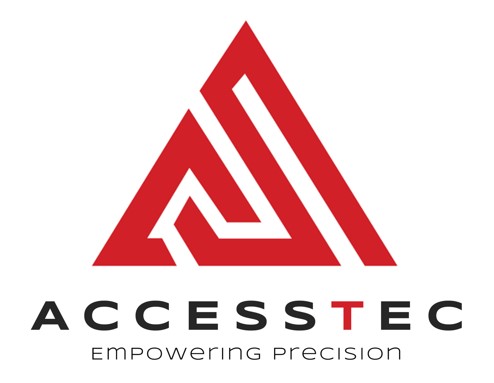- Able to handle Audit & ISO 9001-2005
- Leadership and Management: Total Quality Engineer requires strong leadership committed to quality improvement. Leaders set the vision, goals, and strategies for TQE implementation, allocate resources, and provide support and guidance to employees.
- Quality Planning: This involves setting quality objectives, identifying customer requirements, establishing processes to meet those requirements, and developing plans to achieve continuous improvement.
- Training and Education: TQM emphasizes the importance of training and educating employees at all levels of the organization to ensure they understand quality concepts, tools, and techniques, and can contribute effectively to improvement efforts.
- Quality Control: Monitoring and measuring processes and outputs to ensure they meet quality standards. This may involve statistical process control, inspections, audits, and other quality control techniques.
- Quality Improvement: Identifying opportunities for improvement, analyzing root causes of problems, implementing corrective and preventive actions, and continuously striving to enhance processes and products/services.
- Customer Focus: Understanding customer needs and expectations, gathering feedback, and using it to improve products/services and enhance customer satisfaction.
- Supplier Management: Working closely with suppliers to ensure they meet quality standards and deliver high-quality inputs, materials, and components.
- Employee Involvement and Empowerment: Encouraging and empowering employees to participate in quality improvement efforts, share their ideas and suggestions, and take ownership of quality-related activities.
- Measurement and Analysis: Collecting and analyzing data to track performance, identify trends, measure progress toward quality objectives, and make data-driven decisions.
- Continuous Improvement: Establishing a culture of continuous improvement where all employees are encouraged to seek opportunities for improvement, experiment with new ideas, and learn from successes and failures.
- Communication and Collaboration: Facilitating open communication and collaboration across departments and levels of the organization to ensure alignment of quality goals and efforts.
- Documentation and Documentation Control: Maintaining accurate records of quality-related activities, processes, and outcomes, and ensuring proper documentation control to prevent errors and ensure compliance with quality standards and regulations.
x





